Public safety concerns lead officials to invest in threadless connections for existing fire hydrants
Fire hydrants provide a supply of water to first responders at convenient locations. But when firefighters can’t quickly connect those hydrants to fire hose, the results can be catastrophic.
In this article, we look at how an increasing number of cities are solving their connectivity problems with Storz hydrant converters, a type of adapter designed to provide firefighters with quick and easy hose connections. Along the way, we explain why some hydrants and hoses don’t match, how these mismatches can impair firefighting efforts, and how Storz hydrant converters solve the problem.
The equipment required to hook up to fire hydrants varies from city to city
Metallic fittings called hose couplings connect fire hoses to fire hydrants and other equipment with a water-tight seal. Since the earliest days of American firefighting, local governments and fire departments have decided which hose couplings to use in their jurisdictions. As a result, the couplings used may vary from place to place—and sometimes vary even within a single city.
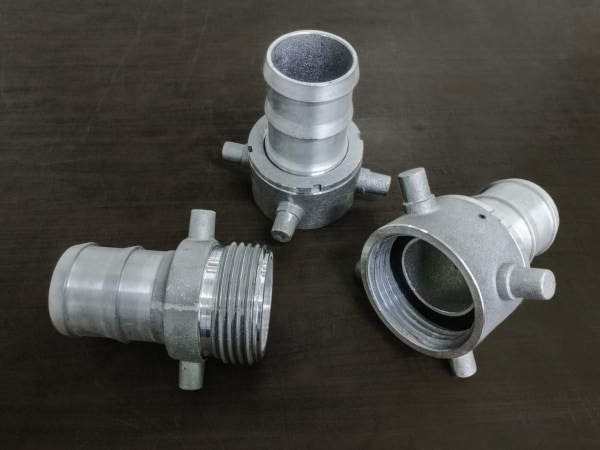
As early as 1873, engineers and insurers realized that these differences in hose couplings could impair firefighting operations. When one city’s fire department called for help from another—in a process called mutual aid—they sometimes found that out-of-town hoses couldn’t connect to in-town hydrants.
Decades later, the National Fire Protection Association (NFPA)—one of America’s earliest fire safety organizations—began advocating for the nationwide use of couplings designed to a single standard: National Standard Thread or National Hose (NST/NH). While many jurisdictions have embraced these couplings, a surprisingly large number of American cities still use local fire hose thread standards more than a century later.
Removable adapters, the go-to solution for situations involving incompatible couplings, can introduce some problems of their own
To reconcile these differences between hose couplings, firefighters turn to adapters. Often stored in a compartment or mounted on a board in the fire engine, most of these adapters are carried with firefighters to the fire scene, where they’re attached and removed on an as-needed basis.
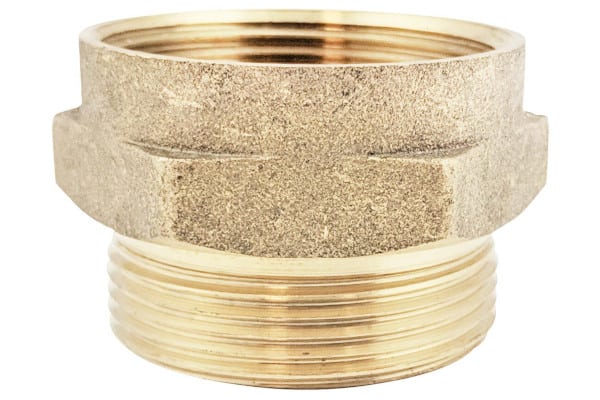
In theory, these removable adapters provide the best value to firefighters. Rather than making changes to hoses or hydrants, local fire departments can make use of a handful of adapters to connect hoses to hydrants when the need arises.
But when several confusing thread standards coexist in a single jurisdiction, even local firefighters may find themselves using the wrong adapter. These mismatches can delay firefighting efforts, allowing fire to spread, and can even harm the firefighter at the hydrant.
And when firefighters rely on adapters for mutual aid operations, disaster can follow. In 1991, nearly 2,700 homes were lost in a fire in Oakland, California. Within an hour of the fire’s beginning on an Oakland hillside, nearly 800 buildings were alight. While firefighters from surrounding areas rushed to lend aid, one problem plagued their efforts: many couldn’t connect their fire hoses to Oakland’s unusual fire hydrants.
The openings on Oakland’s hydrants were too large for the hoses used by neighboring departments. And while the city had a stock of adapters designed to connect Oakland’s hydrants to out-of-town fire hoses, difficulties distributing them to firefighters allowed the fire to spread. Over the course of a day, the Oakland firestorm of 1991 destroyed $1.5 billion dollars in property, killed 25 people, and left 150 injured.
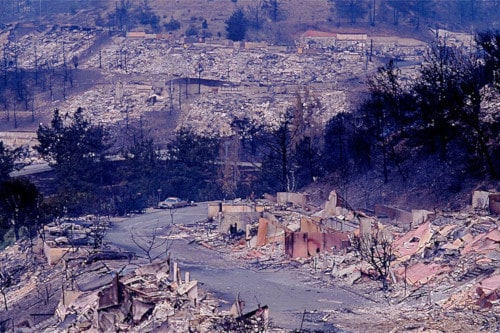
Many jurisdictions are embracing permanent adapters, or hydrant converters, with a threadless connection
To avoid the problems that sometimes accompany removable adapters, and to make their hydrants compatible with the equipment used in neighboring jurisdictions, some cities are turning to permanent adapters, or “hydrant converters.” Like other adapters, hydrant converters feature two different connection types—one for the hose and one for the hydrant—and connect to an orifice, or nozzle, at the hydrant. Unlike other adapters, they also feature some mechanism, such as set screws, that prevent the adapter’s removal.
Many fire hydrants feature multiple nozzles of different sizes. But most of these hydrant converters are designed for the large-diameter “pumper” nozzles designed to provide fire engines with a supply of water. And while 4 1/2″ National Standard Thread has been the recommended size for more than a century, many cities are updating their pumper nozzles with threadless 4″ and 5″ connections called Storz couplings.
One of the leading reasons is compatibility: if other area fire departments have Storz connections, fire chiefs are likely to recommend the use of Storz connections. But these threadless hose couplings also have two major benefits over traditional couplings: first, Storz connections are universal fittings. A 4″ Storz connection on a fire hose can connect to a fire hose, fire hydrant, or any other fitting using Storz of the same size. Second, these couplings connect with only a quarter-turn, reducing the amount of time first responders spend preparing to fight fires.
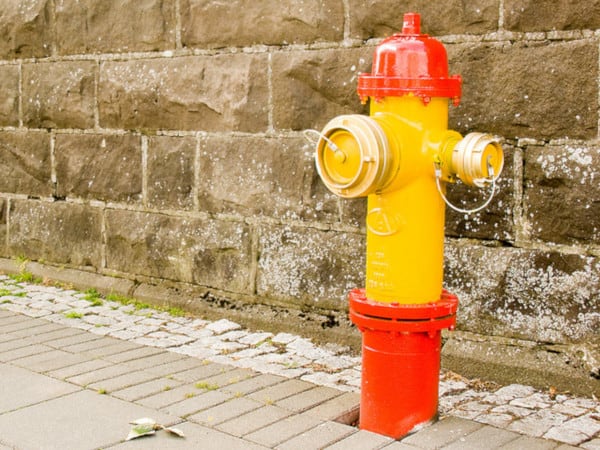
Storz hydrant converters allow fire departments to reap the full benefit of Storz connections. Permanently-installed Storz connections can quickly connect to fire hose with a quarter-turn. The alternative—a removable adapter—requires firefighters to install both a threaded adapter and a Storz-connected hose, increasing time spent at the hydrant.
Taxpayers and utility companies have financed large-scale efforts to retrofit hydrants with Storz connections
While it’s difficult to say exactly how many cities have outfitted their hydrants with Storz connections, some high-profile examples show that cities are willing to commit substantial resources to a retrofit. Over the course of six years, Burnsville, Minnesota allocated as much as $225,000 annually—roughly 1% of the city’s total water and sewer fund—to add Storz hydrant converters to 2,800 public hydrants serving a population of more than 60,000 people.
In 2012, Noblesville, Indiana announced a similar plan to retrofit roughly 560 hydrants with Storz hydrant converters. The $375,000 retrofit was financed by Indiana American Water, the water utility serving Noblesville. The city has required Storz nozzles on new hydrant installations since 2003, but the move from Indiana American Water brought Storz hydrant converters to nearly one thousand additional hydrants.
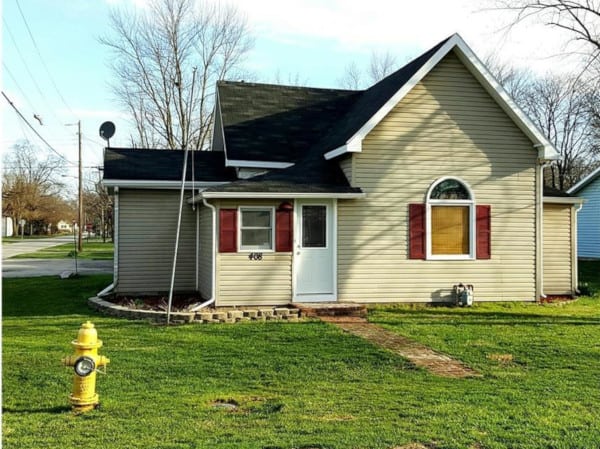
East Stroudsburg, a 10,000-person borough in Pennsylvania, also undertook a city-wide effort to replace existing hydrant steamer ports. Local fire chief Dale Fetterly emphasized in an interview with Pennsylvania’s Pocono Record that Storz hydrant converters would save “a good two minutes per call” over their existing connections—and enable East Stroudsburg to receive assistance from neighboring fire departments when needed. East Stroudsburg’s 2018 and 2019 budgets both allocated roughly $20,000 for hydrant quick-connect retrofits.
Other cities retrofit hydrants with help from federal grants
The Department of Homeland Security’s Assistance to Firefighters Grant Program, or AFG, provides financial assistance to local fire departments and emergency medical service organizations. Since 2001, this program has helped first responders afford training, emergency vehicles, and other equipment to defend against fire and other hazards. While the amount has slowly declined since the grant was first established, Congress allocated $350 million to AFG in 2018 alone, helping to fill the growing needs of fire departments faced with cutbacks.
Fire departments have sometimes turned to these grants to purchase Storz hydrant converters. And departments in New York, Indiana, Iowa, and elsewhere have applied for or received tens of thousands of dollars for just that purpose.
Manufacturers of fire protection equipment have expressed support for these grants, with groups like the Fire Apparatus Manufacturers’ Association lobbying for continued funding of the program. And Kochek, a well-known manufacturer of Storz hydrant converters, even provides fire departments with resources designed to help them win AFG grants for hydrant retrofits—including a sample grant application.
Source the Storz products you need with QRFS
QRFS is proud to distribute products from Fyrelane USA, a manufacturer of products for fire hydrants and fire protection systems. Their selection of heat-treated 6061 aluminum hydrant converters are made in the USA and available for 4″ and 4 1/2″ NST hydrants. With 4″ and 5″ Storz couplings, their line of open-bore converters are hard-coated and specially finished to provide a long-lasting, corrosion-resistant exterior.
Click here to view Fyrelane’s selection of open-bore Storz adapters for fire hydrants. To place an order, call us at +1 (888) 361-6662 or email support@qrfs.com. QRFS ships from locations around the United States to provide you with the shortest possible wait times for orders large and small.
QRFS also offers caps for 4″ and 5″ Storz fire hydrants online. Our selection includes durable, aircraft-grade-aluminum caps designed to withstand the pressures expected at a fire hydrant, as well as lightweight composite snap-caps built to keep grime, ice, and snow off of Storz connections.
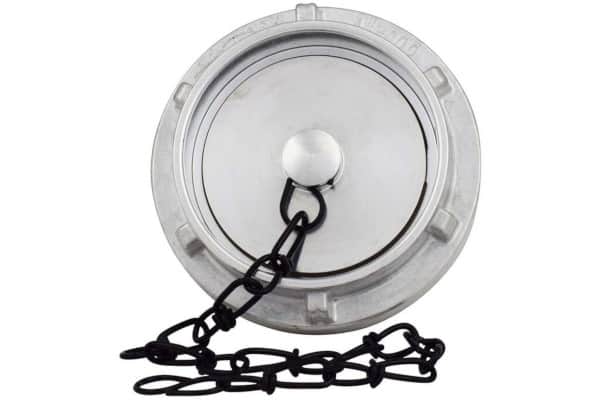
Click here to browse our selection of Storz blind and snap caps.
This blog was originally posted at blog.qrfs.com. Keep up with fire code, emerging trends in fire protection, and more by visiting us at Facebook.com/QuickResponseFireSupply or on Twitter @QuickResponseFS.


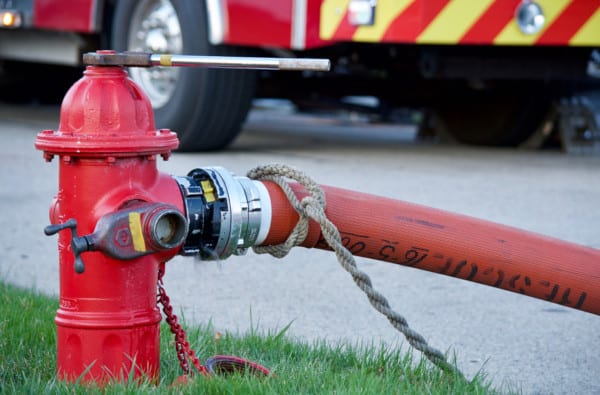
Information needed to fire hydrant replacement, valve replacement, etc. for a local municipality. Faison is a small town in eastern NC with a population of 994 blossoming to 1994 from March through November annually with an influx of migrant laborers coming in to plant and harvest produce. Grant information from the Dept. of Homeland Security would be appreciated. Thank you.
Jimmy, thanks for reaching out. On our website, we have Fire Department Connections (FDCs) and fire hose valves for purchase. We hope you find what you need!
Hello,
I am looking for information and/or companies that i can speak with regarding these storz converters. I am a supervisor for a water system in south Alabama. Our fire department is interested in getting these added to our hydrants. Before we just just up and do it I would like to know how well these storz converters hold up in coastal communities against wind driven sand and salt air. If anyone see this if you could, please reach out to me. my nmae is Brian, my phone number is 251-981-4233. thank you!
Brian — Thank you for reaching out. We will have someone from our QRFS Customer Support Team contact you. You can also email us any requests to get faster service!
I have a 300 gallon IBC Tote tank and I need a 2.44”fine GHT female thread adapter on the tank to a male 2.5” fire hose thread for my fire pump to work. Can you suggest where I could fine one?
Hi Joel — We don’t carry any adapters like the one you are looking for, but we’ll look into it and send a suggestion to your email.